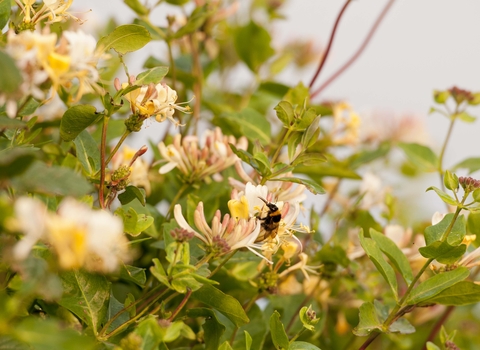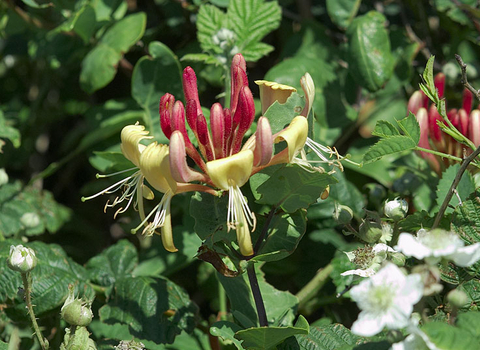
©Ross Hoddinott/2020VISION

Honeysuckle - ©northeastwildlife.co.uk
Honeysuckle
A true wildlife 'hotel', Honeysuckle is a climbing plant that caters for all kinds of wildlife: it provides nectar for insects, prey for bats, nest sites for birds and food for small mammals.
